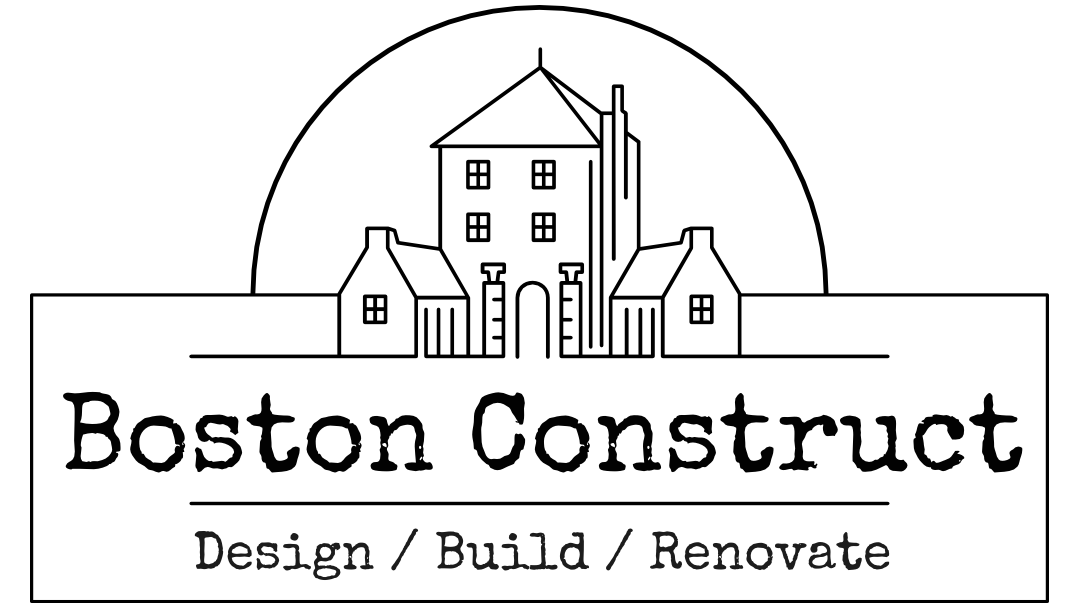The Marriage of Form and Function: Expert Tips for Designing Your Custom Home Kitchen
The kitchen, often referred to as the heart of a home, is a space where functionality and aesthetics must converge harmoniously to create an inviting and efficient environment. Designing a well-equipped and visually stunning kitchen for your custom home requires a thoughtful balance of layout, materials, appliances, and lighting—the elements that work cohesively to transform everyday cooking and dining experiences into moments of delight and inspiration.
At Boston Construct, a renowned design-build custom home and construction services company, our experienced team of professionals is well-versed in the art and science of kitchen design, dedicated to crafting remarkable kitchen spaces tailored to your unique lifestyle and culinary aspirations.
In this insightful blog post, we will explore the key components of designing a custom home kitchen that strikes the perfect balance between form and function. We will discuss essential planning considerations, such as kitchen layout, cabinetry and countertop materials, appliance selection, and lighting design, to create an exceptional kitchen tailored to your needs and preferences.
Establishing an Efficient and User-Friendly Kitchen Layout
The layout determines the overall functionality of your kitchen, and selecting the most suitable plan for your custom home kitchen is vital for an enjoyable, efficient cooking and dining experience. Consider these popular kitchen layouts when planning your custom home kitchen:
1. The U-Shaped Kitchen: Ideal for maximizing storage and counter space, the U-shaped kitchen features three adjoining walls of cabinetry and countertops, providing optimal work zones for cooking, preparation, and cleaning tasks.
2. The L-Shaped Kitchen: The L-shaped kitchen consists of two perpendicular walls of cabinets, forming a natural working triangle between the stove, sink, and refrigerator. This layout is particularly suitable for open-concept living spaces, where it can seamlessly connect the kitchen with adjacent dining and living areas.
3. The Galley Kitchen: Especially efficient for small or narrow spaces, the galley kitchen comprises two parallel runs of cabinetry, delivering a workspace that's easy to navigate and manage.
4. The Island Kitchen: Adding a central island to any kitchen layout can enhance versatility, providing additional storage, counter space, and seating options for casual dining and socializing.
Selecting High-Quality Cabinetry and Countertop Materials
A key aspect of balancing form and function in your custom home kitchen lies in your choice of cabinetry and countertop materials. When selecting materials, consider the following factors:
1. Durability: High-traffic kitchens demand reliable materials that can withstand regular use. Select high-quality cabinetry constructed with solid wood or plywood and opt for countertop materials known for strength, such as granite, quartz, or stainless steel.
2. Aesthetics: Choose materials that align with your personal style and home's design aesthetic, whether that's traditional wood cabinetry with ornate detailing or sleek, minimalistic designs featuring streamlined hardware.
3. Maintenance Requirements: Weigh the upkeep demands of various materials, such as the need for sealing natural stone countertops or the stain resistance of engineered quartz.
Incorporating Smart and Energy-Efficient Appliances
Modern living and culinary convenience often go hand-in-hand with innovative and energy-efficient appliances. Consider the following guidelines when selecting appliances for your custom home kitchen:
1. Energy Star Label: Opt for appliances displaying the Energy Star label, a certification that ensures reduced energy consumption and long-term cost savings for homeowners.
2. Size and Capacity: Choose appliances that fit your lifestyle and cooking needs, such as a large refrigerator for families or a six-burner range for avid home chefs who entertain frequently.
3. Smart Technology: Many contemporary appliances feature smart technology integration, allowing remote operation, monitoring, and even AI-enhanced capabilities for a seamless, high-tech kitchen experience.
Enhancing Ambiance and Functionality with Strategic Kitchen Lighting
Proper kitchen lighting is crucial for creating both an inviting atmosphere and a safe, functional workspace. Achieve an effective and appealing lighting scheme by combining these essential lighting types:
1. Ambient Lighting: Delivering gentle, overall illumination, ambient lighting can be achieved through recessed downlights, flush-mount ceiling fixtures, or even natural sunlight flowing through windows and skylights.
2. Task Lighting: Ensure well-lit work zones for cooking, preparation, and cleaning tasks with targeted task lighting installed under cabinets or over the island and countertops.
3. Accent Lighting: Enhance your kitchen's aesthetic appeal with accent lighting that highlights architectural features, open shelves, or artwork. Wall sconces, track lighting, and LED strip lights can be employed to create impactful accent lighting statements.
Create Your Dream Custom Home Kitchen with Boston Construct
Designing a custom home kitchen that melds form with function demands careful planning, thoughtful material selection, and attention to detail throughout the design process. Collaborating with a team like Boston Construct, renowned for its exceptional design-build work, empowers you to create a stunning and efficient kitchen that exceeds expectations.
At Boston Construct, our team of dedicated professionals is committed to delivering unparalleled design and construction services for custom homes, with an emphasis on striking the perfect balance between beauty, functionality, and innovation. Reach out to our kitchen remodeling contractors in Boston today to embark on your journey toward a one-of-a-kind custom home kitchen that embodies your vision of culinary excellence and sophisticated design.

